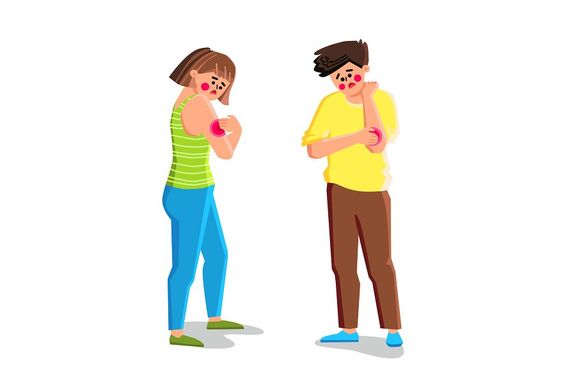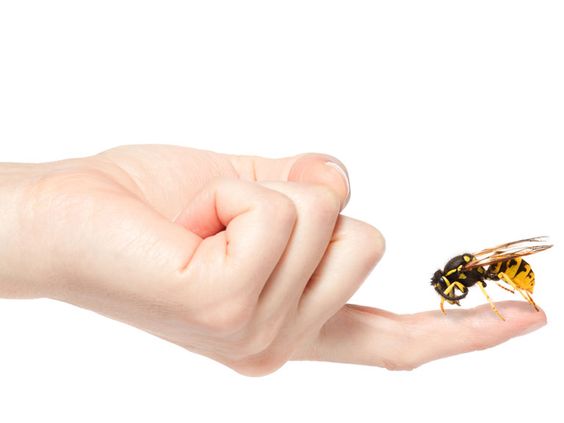Introduction
Roseola, also known as sixth disease or exanthem subitum, is a common viral illness that primarily affects young children, typically between six months and two years of age. It is usually caused by the human herpesvirus 6 (HHV-6), though it can also be caused by human herpesvirus 7 (HHV-7). Roseola is generally a mild and self-limiting illness, meaning it typically resolves on its own without specific treatment.

The illness is characterized by a sudden high fever, which can last for three to five days, followed by a distinctive rash that appears as the fever breaks. While the fever can be concerning for parents and caregivers, the rash itself is usually not itchy or uncomfortable for the child. Roseola is contagious during the fever stage, spreading through respiratory droplets from an infected person's cough or sneeze.
This comprehensive guide will discuss the symptoms, causes, treatment, and prevention of roseola, providing parents and caregivers with the necessary information to effectively manage the illness.
Symptoms of Roseola
The characteristic symptoms of roseola often appear in stages:
High Fever: The most noticeable symptom is a sudden high fever, often reaching 103°F (39.4°C) or higher. This fever typically lasts for three to five days and may be accompanied by mild cold-like symptoms, such as a runny nose or cough.
Rash: As the fever subsides, a distinct rash emerges. The rash consists of small, pink spots or patches that may be slightly raised. It typically starts on the chest and abdomen before spreading to the neck, face, and limbs. The rash is usually not itchy or painful and fades within a few days.
Other Symptoms: Some children may experience other symptoms during the fever stage, including: * Irritability * Swollen lymph nodes in the neck * Mild diarrhea * Loss of appetite * Eyelid swelling
It is important to note that not all children with roseola will experience all of these symptoms, and the severity of symptoms can vary.
Causes of Roseola
Roseola is primarily caused by human herpesvirus 6 (HHV-6) and less commonly by human herpesvirus 7 (HHV-7). These viruses are spread through contact with respiratory secretions, such as saliva or mucus, from an infected person. This can occur through coughing, sneezing, or sharing utensils.
The incubation period for roseola is typically between five and fifteen days, meaning it takes this long for symptoms to appear after exposure to the virus.
Treatment for Roseola
Since roseola is a viral illness, there is no specific cure. Treatment primarily focuses on managing symptoms and providing comfort to the child. Here are some common treatment approaches:
- Fever Reduction: Over-the-counter fever reducers, such as acetaminophen or ibuprofen, can help lower the child's fever and alleviate discomfort.
- Hydration: Encouraging fluid intake is crucial, especially during the fever stage. Offering water, diluted juice, or electrolyte solutions can help prevent dehydration.
- Rest: Ensure the child gets ample rest to support their body's immune response and recovery.
It is essential to consult with a healthcare professional for proper diagnosis and treatment recommendations, especially if the child's fever is high or persistent.
Prevention of Roseola
Preventing the spread of roseola involves similar measures as preventing other common viral illnesses. Here are some preventive tips:
- Hand Hygiene: Encourage frequent handwashing with soap and water, especially after being around someone who is sick.
- Avoid Contact: Keep children away from others who are sick, especially those with fever or rash.
- Clean Surfaces: Regularly disinfect frequently touched surfaces, such as toys, doorknobs, and countertops.
While these measures can help reduce the risk of transmission, roseola is a common childhood illness, and exposure can still occur.





